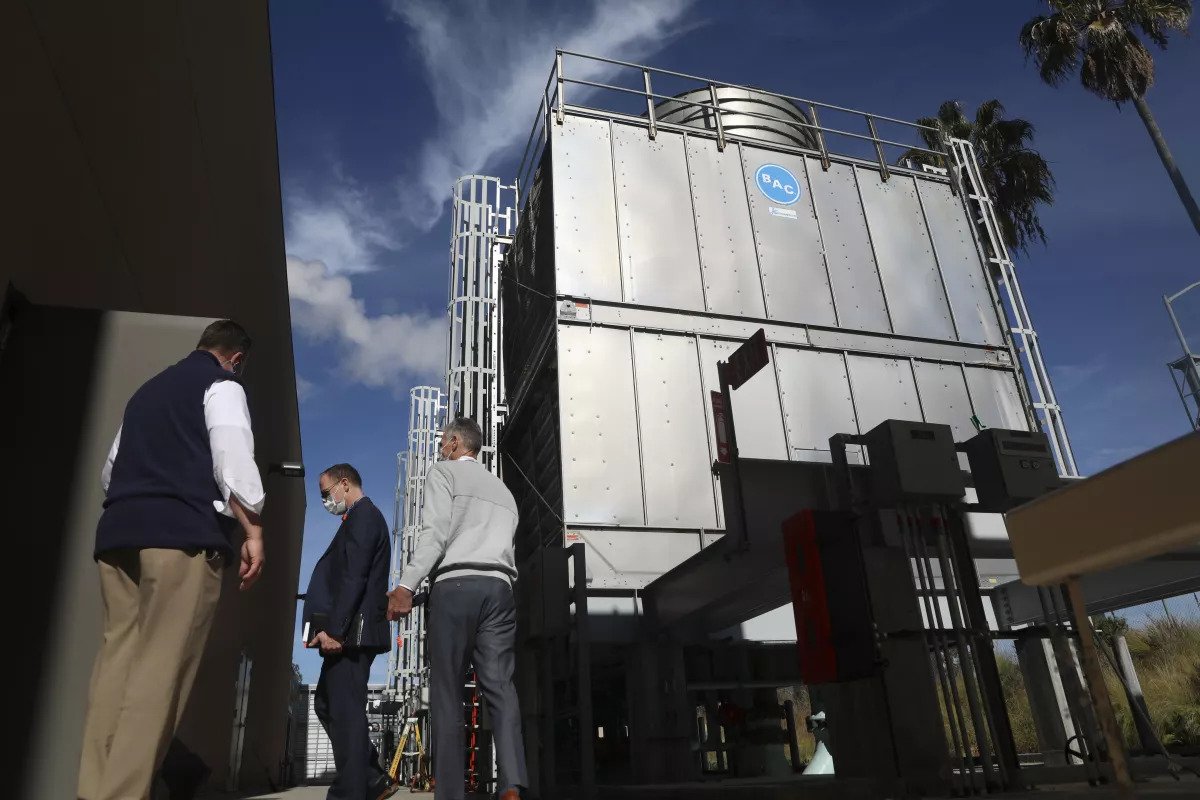Sharp Grossmont’s power plant offers one option for facilities looking to reduce their environmental impact
The California Air Resources Board recently released a nearly 300-page plan to make the state carbon neutral by 2045, but the proposal only mentions hospitals to say cleaner air should reduce the number of sick people. A board spokesman confirmed there is not yet a timeline to specifically get hospitals off natural gas, and the report does offer some wiggle room: Even after 2045, some buildings will likely still require “hydrogen, biomethane, and fossil gas,” the document says. Sharp’s power plant uses a process known as cogeneration, sometimes shoned to cogen, to capture and use heat that might otherwise drift into the atmosphere, a method long pushed by the U.S. Environmental Protection Agency. The basic technology has existed for decades, and the California Energy Commission lists around a dozen much larger cogen facilities throughout the state. Though other types of cogen have been used in the city of San Diego, Sharp’s appears to be the only one of its kind in East County, officials said. The plant went live more than six years ago, in April 2016, and replaced an older and less efficient version. On a recent tour of the facility, anyone walking near the turbine — its full name is a Mercury 50 combustion turbine generator — was advised to wear ear plugs. The machine is the core of Sharp’s Central Energy Plant. The facility does include other methods of generating power, and the plant overall generally emits about 560 pounds of carbon monoxide each year, according to Bruce Hartman, Sharp Grossmont’s director of marketing.

